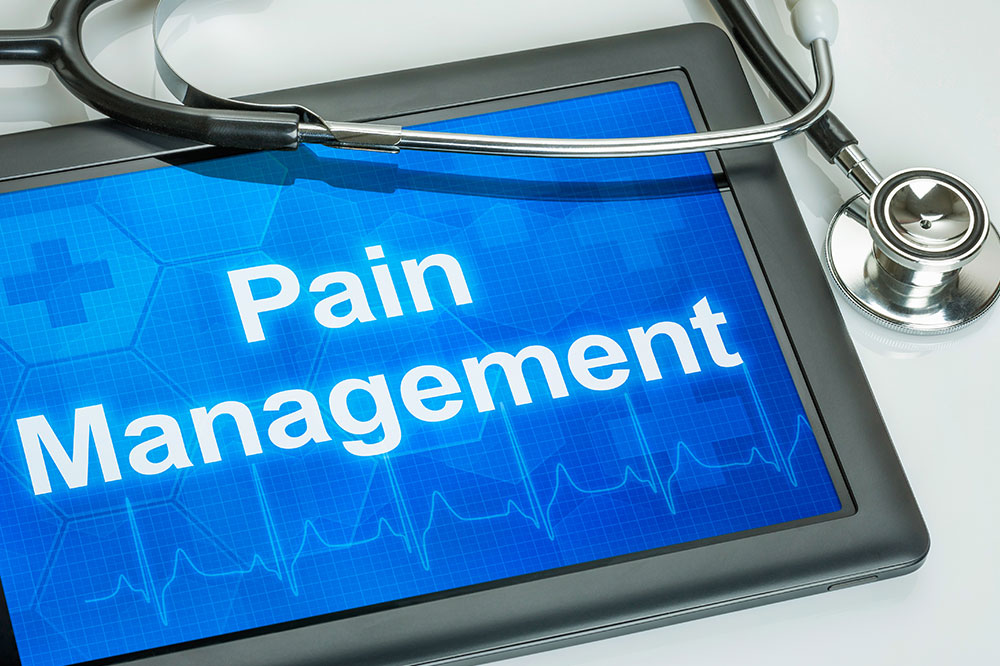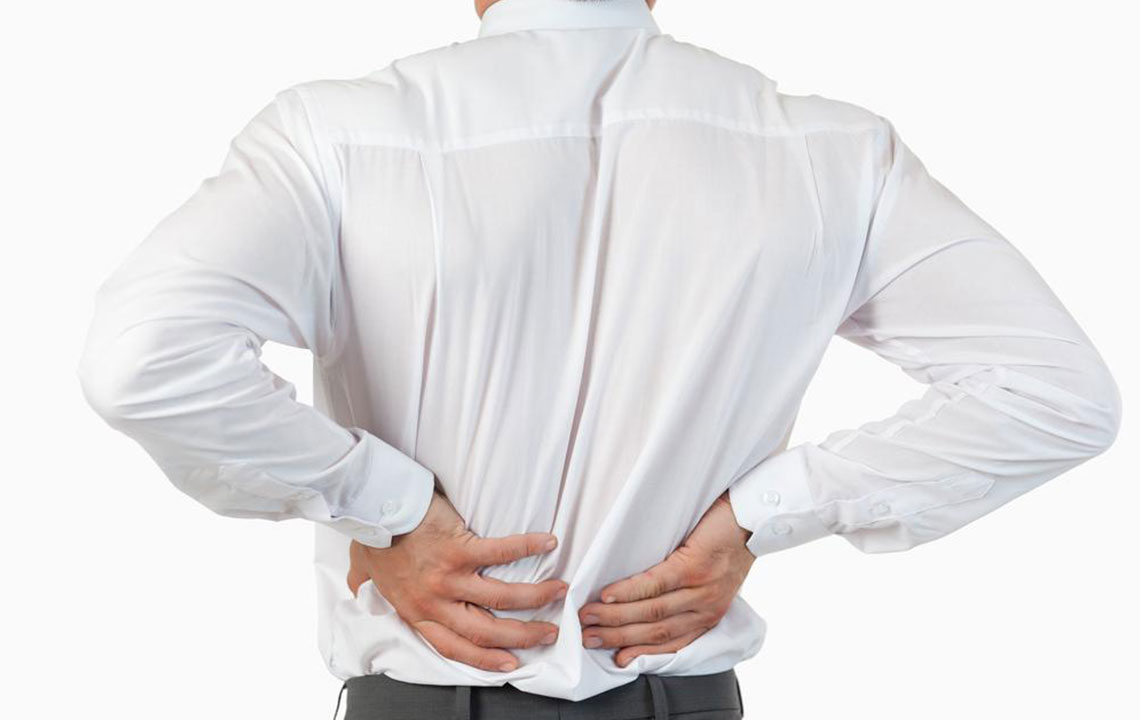Comprehensive Non-Invasive Approaches for Effective Pain Management
Explore comprehensive non-invasive pain management techniques such as physical therapy, biofeedback, yoga, exercise, heat and cold therapy, and dietary modifications. These safe, effective methods help alleviate chronic pain, improve mobility, and enhance overall well-being without surgery, providing a holistic approach to pain relief for lasting health benefits.

Comprehensive Non-Invasive Approaches for Effective Pain Management
Pain serves as the body's natural warning system, alerting us to potential injuries or underlying health problems. For instance, experiencing sudden, sharp pain in the ankle might indicate a sprain or even a fracture, but such pain often diminishes as the injury heals. Nonetheless, some pain intervals persist for weeks, months, or even years, especially with chronic conditions like arthritis, fibromyalgia, or nerve-related issues. These persistent pains can severely deteriorate a person's quality of life, impacting mobility, mental health, and overall well-being. Fortunately, modern medicine offers numerous non-invasive strategies that effectively help in managing, reducing, and sometimes eliminating pain without the need for surgery or invasive procedures. These methods are not only safe but also accessible and cost-effective, making them attractive options for those seeking relief from chronic or acute pain.
In this comprehensive guide, we explore some of the most effective non-invasive pain relief techniques, their benefits, and how they can be integrated into daily routines to promote healing and improve life quality.
Physical and Occupational Therapy: Building Strength and Enhancing Functionality
One of the foundational pillars of non-invasive pain management is physical therapy. Certified physiotherapists design personalized exercise programs targeting the specific needs of each patient. These exercises aim to improve mobility, strengthen muscles, and support the affected joints or tissues. For individuals with conditions like osteoarthritis or post-injury recovery, physical therapy can significantly reduce pain by promoting natural healing processes and preventing further deterioration. Additionally, occupational therapy focuses on teaching individuals how to perform daily tasks effectively and safely, minimizing discomfort and preventing exacerbation of symptoms. Techniques like ergonomic adjustments, joint protection methods, and adaptive strategies empower patients to maintain independence while managing pain effectively.
Biofeedback Therapy: Gaining Control Over Pain via Physiological Regulation
Biofeedback is a revolutionary technique that uses electronic devices to provide real-time data about physiological functions such as heart rate, muscle tension, blood pressure, and skin temperature. Patients learn to interpret this feedback and develop techniques to control these functions consciously. This process helps reduce the body's stress responses, which are often linked to chronic pain syndromes. For example, someone suffering from tension headaches or migraine pain can learn relaxation techniques that decrease muscle tension and promote blood flow, leading to symptom relief. Biofeedback empowers patients with a sense of control over their bodily responses, facilitating long-term pain management strategies.
Mind-Body Practices: Tai Chi and Yoga for Gentle and Holistic Pain Relief
Both Tai Chi and yoga are age-old practices combining slow, deliberate movements, breathing exercises, and meditation. These disciplines promote flexibility, balance, and mental calmness—all crucial components in managing pain. Research has demonstrated that these practices are particularly effective in alleviating conditions such as rheumatoid arthritis, osteoarthritis, headaches, and fibromyalgia. The gentle movements foster joint lubrication and muscle stretching, reducing stiffness and discomfort. Additionally, yoga and Tai Chi enhance mindfulness and stress reduction, which can mitigate the perception of pain and improve emotional resilience. For optimal benefits, it's advisable to participate in guided classes or video sessions tailored to individuals with chronic pain.
Physical Exercise: Enhancing Mobility and Reducing Pain Naturally
Regular, moderate physical activity is a cornerstone of non-invasive pain relief. Activities like walking, swimming, cycling, or low-impact aerobics help maintain joint flexibility, strengthen muscles surrounding affected areas, and improve circulation. For people with conditions such as arthritis, fibromyalgia, or muscular injuries, consistent exercise can decrease the intensity and frequency of pain episodes. Exercise also releases endorphins—natural painkillers—contributing to an improved sense of well-being. The key is to start gradually, listening to one's body, and consulting healthcare providers to develop suitable routines that avoid overexertion and injury.
Heat and Cold Therapy: Quick and Effective Pain Alleviation
Heat and cold packs are simple yet powerful tools for immediate pain relief. Applying cold therapy helps reduce inflammation, swelling, and numbs nerve endings, making it highly effective for acute injuries, sprains, or bruises. Conversely, heat therapy increases blood flow, relaxes tense muscles, and alleviates stiffness. This makes heat ideal for chronic pain conditions like arthritis or muscle soreness. Professional therapies, such as ultrasound or warmth application by healthcare providers, can penetrate deeper tissues, providing longer-lasting relief. When incorporating heat or cold therapy, it’s important to use appropriate barriers, such as towels, and limit application times to prevent skin damage.
Dietary Adjustments: Reducing Inflammation for Pain Relief
Emerging research underscores the significant link between diet and pain management. Inflammation is a common culprit in many chronic pain conditions, especially in arthritis and muscle pain. Adopting an anti-inflammatory diet can markedly improve symptoms. Incorporate foods rich in omega-3 fatty acids like salmon, walnuts, and flaxseeds, and increase the intake of colorful fruits and vegetables packed with antioxidants. Reducing processed foods, sugar, and trans fats helps decrease systemic inflammation. Additionally, certain herbs and spices like turmeric and ginger possess natural anti-inflammatory properties. Combining dietary changes with other non-invasive treatments maximizes the benefits, creating a holistic approach to pain reduction and improved health.
In conclusion, adopting a multi-faceted, non-invasive approach to pain management offers a safe, effective way to improve quality of life without the risks associated with surgical procedures or pharmaceuticals. These strategies—rooted in physical therapy, mind-body practices, exercise, dietary adjustments, and thermal therapy—can be combined based on individual needs under professional guidance. As medical research continues to evolve, these methods present promising options for those seeking natural pain relief solutions. Remember, consulting healthcare professionals is essential to tailor these techniques appropriately, ensuring safety and optimal results in managing chronic or acute pain.





